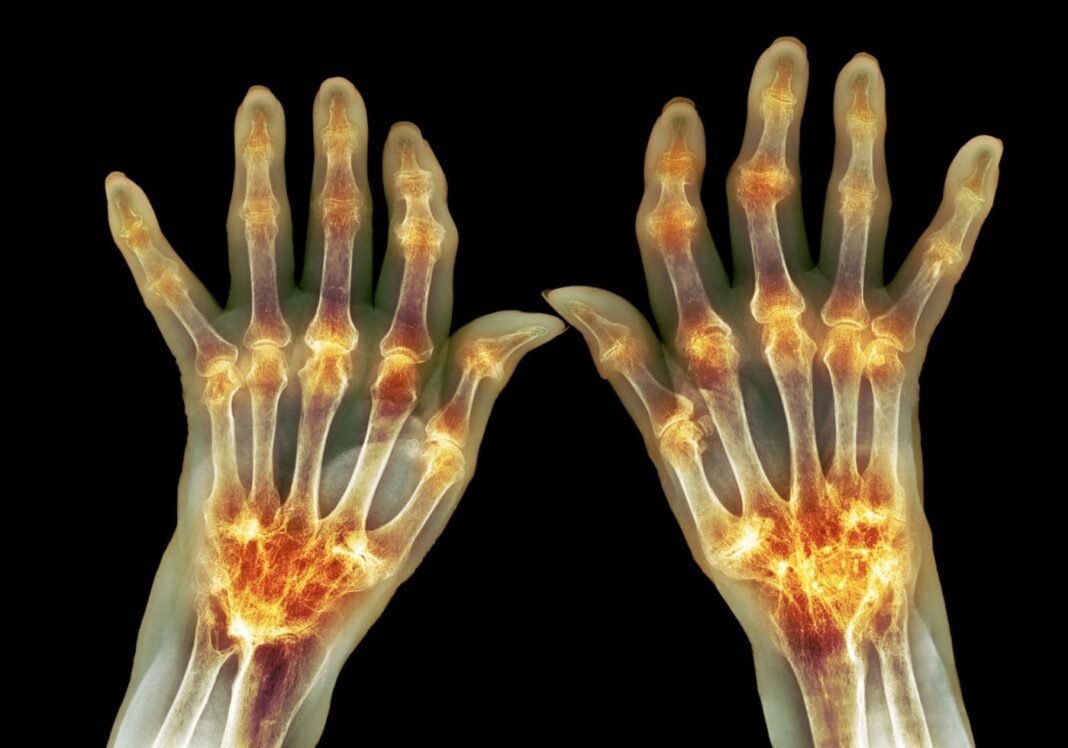Every year, 700,000 people die due to antibiotic resistance. Now, researchers from Brigham and Women’s Hospital have developed a specialized drug-device delivery system to identify an effective antibiotic for targeted use in a bone cement matrix. The new antibiotic demonstrated promising results used against Staphylococcal in a rat model. Their approach may potentially be used to treat bone infections and decrease bacterial resistance development.
Their findings are published in Nature Biomedical Engineering in an article titled, “A potent antibiotic-loaded bone-cement implant against Staphylococcal bone infections.”
“New antibiotics should ideally exhibit activity against drug-resistant bacteria, delay the development of bacterial resistance to them, and be suitable for local delivery at desired sites of infection,” wrote the researchers. “Here, we report the rational design, via molecular-docking simulations, of a library of 17 candidate antibiotics against bone infection by wild-type and mutated bacterial targets.”
“Currently, the FDA has only approved bone cements loaded with antibiotics not originally developed for bone tissue,” explained Hae Lin Jang, PhD, co-director of the Brigham’s Center for Engineered Therapeutics and principal investigator of the Laboratory for Developing Advanced Biomaterials and Biotechnologies.
“In addition to not being bone tissue-specific, resistance has emerged against these antibiotics. We must create a new generation of antibiotics that are optimized to meet this emerging need.”
Researchers from Brigham’s department of medicine and the department of orthopedic surgery collaborated to create a locally delivered and potent combination of antibiotic and bone cement. To engineer a new antibiotic for specific local delivery via a bone cement matrix, polymethylmethacrylate (PMMA) bone cement was used.
The team shortlisted molecules for antibiotic design and screened for drug-susceptible and drug-resistant bacteria in a preclinical model. The team compared clinically used PMMA bone cement and the new antibiotic-loaded PMMA bone cement using a prophylactic and an established Staphylococcal-infected tibial injury model.
Researchers pinpointed dual-action antibiotic VCD-077, studying its activity and efficacy in cells and in animal models. VCD-077 exhibited desired drug release kinetics without affecting the stability of PMMA bone cement, and also demonstrated high efficacy against a broad range of drug-resistant bacteria strands and slowed development of future resistance.
Further study is needed before clinical applications. The team reports their application of computer engineering to find molecules and optimize antibiotic design was also successful.
“The future lies in mixing artificial intelligence and drug discovery to make developing new antibiotics more efficient and cost-effective than ever before,” added co-corresponding author Shiladitya Sengupta, PhD, co-director of the Brigham’s Center for Engineered Therapeutics. “Interdisciplinarity in our approach and specificity in our drug development will truly bring about a new medical engineering paradigm.”
“The antibiotic-loaded bone cement exhibited greater efficacy than currently used antibiotic-loaded bone cements against staphylococcal bone infections in rats. Potent and locally delivered antibiotic-eluting polymers may help address antimicrobial resistance,” concluded the researchers.


